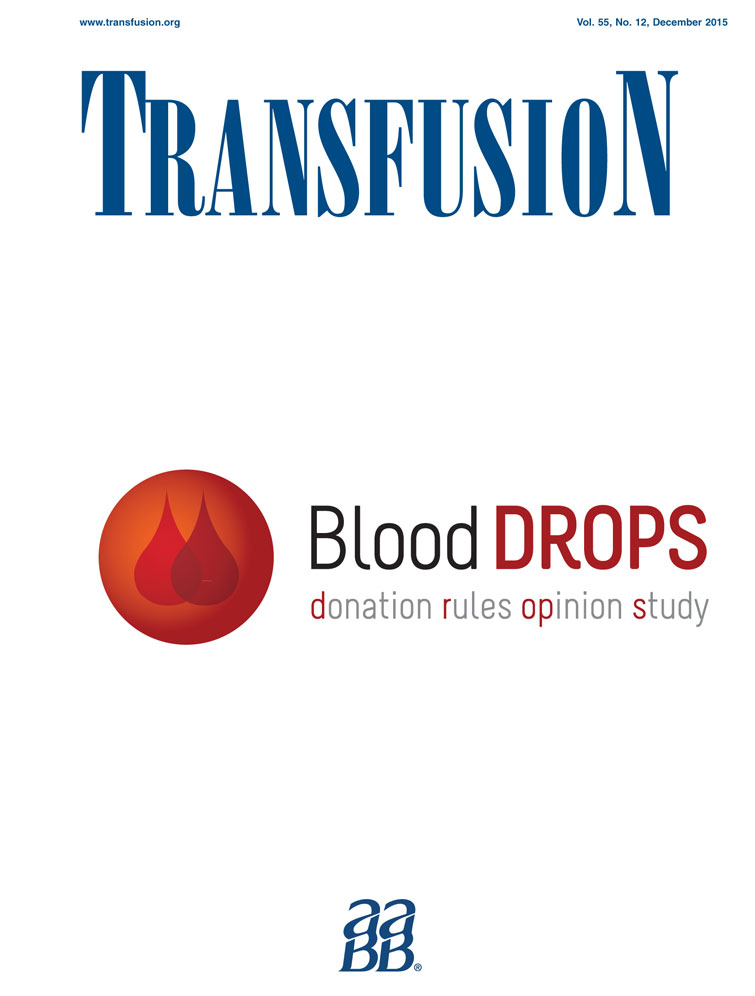Alloantibody against new platelet alloantigen (Lapa) on glycoprotein IIb is responsible for a case of fetal and neonatal alloimmune thrombocytopenia
This work was supported by Deutsche Forschungsgemeinschaft (Excellence Cluster Cardiopulmonary System to SS).
Abstract
BACKGROUND
Fetal and neonatal alloimmune thrombocytopenia (FNAIT) is caused by the destruction of platelets (PLTs) in the fetus or newborn by maternal PLT antibodies that crossed the placenta during pregnancy.
STUDY DESIGN AND METHODS
In this study, we aim to elucidate the properties of a new PLT alloantigen (Lapa) that is associated with a severe case of FNAIT. Analysis of maternal serum with phenotyped PLTs by monoclonal antibody–specific immobilization of platelet antigens showed positive reaction against PLT glycoprotein (GP)IIb/IIIa and HLA Class I expressed on paternal PLTs.
RESULTS
In contrast to GPIIIa-reactive anti-HPA-1a, anti-Lapa alloantibodies precipitated predominantly GPIIb. Indeed, a point mutation G>C at Position 2511 located in Exon 25 of the ITGA2B gene was found in Lapa-positive donors. This mutation causes an amino exchange Gln>His at Position 806 located in the calf-2 domain of GPIIb. Lapa-positive individuals were not found in 300 random blood donors. Our expression study showed that anti-Lapa alloantibodies reacted with stable transfected HEK293 cells expressing the mutated GPIIb isoform (His806). CHO cells carrying this isoform, however, failed to react with anti-Lapa alloantibodies, indicating that Lapa epitopes depend on the Gln806His mutation and the carbohydrate composition of the GPIIb. This mutation did not hamper the binding of anti-HPA-3a, which recognizes a point mutation (Ile843Ser) located in calf-2 domain. Finally, we found that Lapa and some HPA-3a epitopes are sensitive to O-glycanase.
CONCLUSIONS
This study not only underlines the relevance of rare HPAs on the pathomechanism of FNAIT, but also helps to understand the pitfalls of serologic assays to detect anti-GPIIb alloantibodies.




